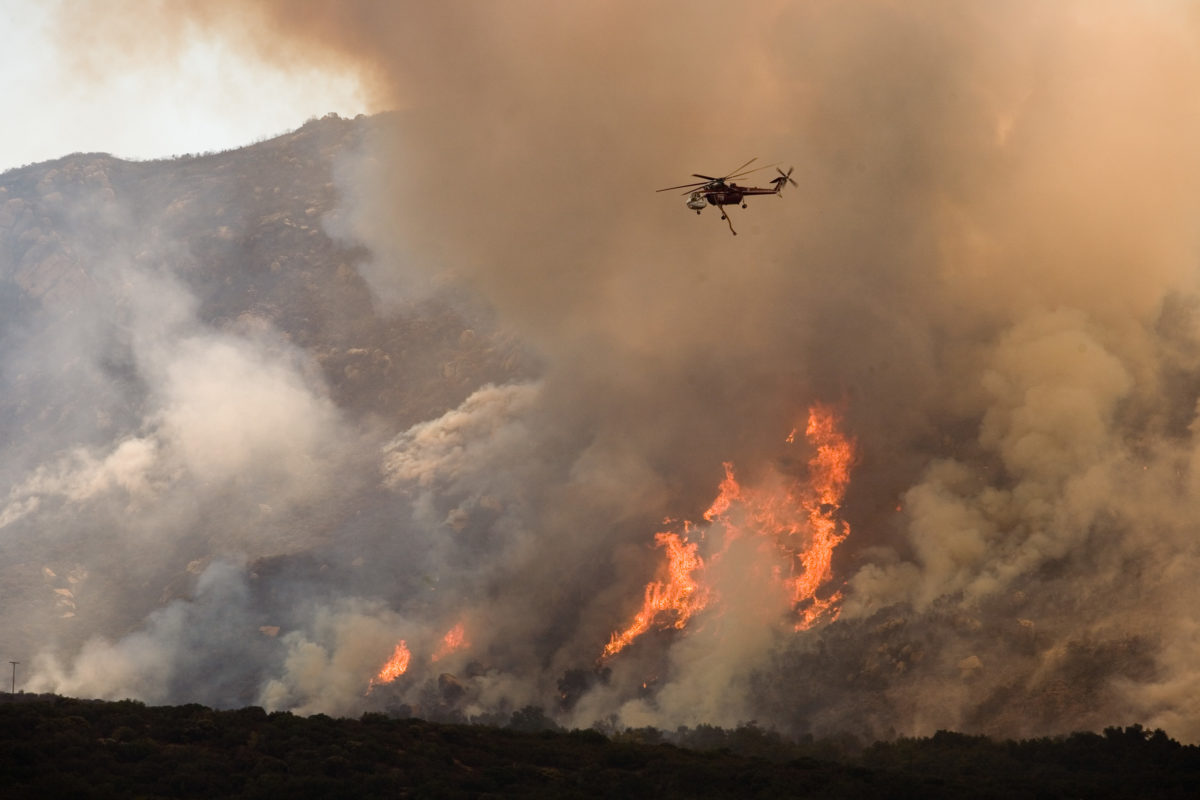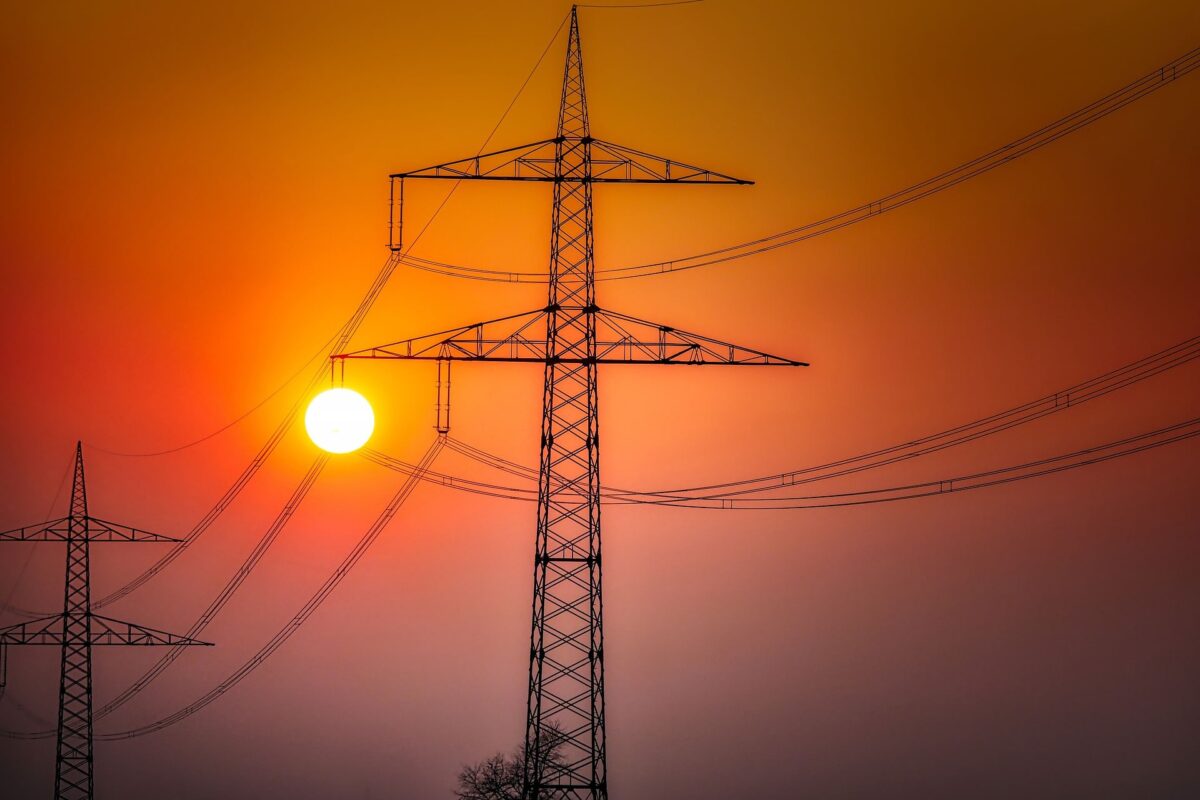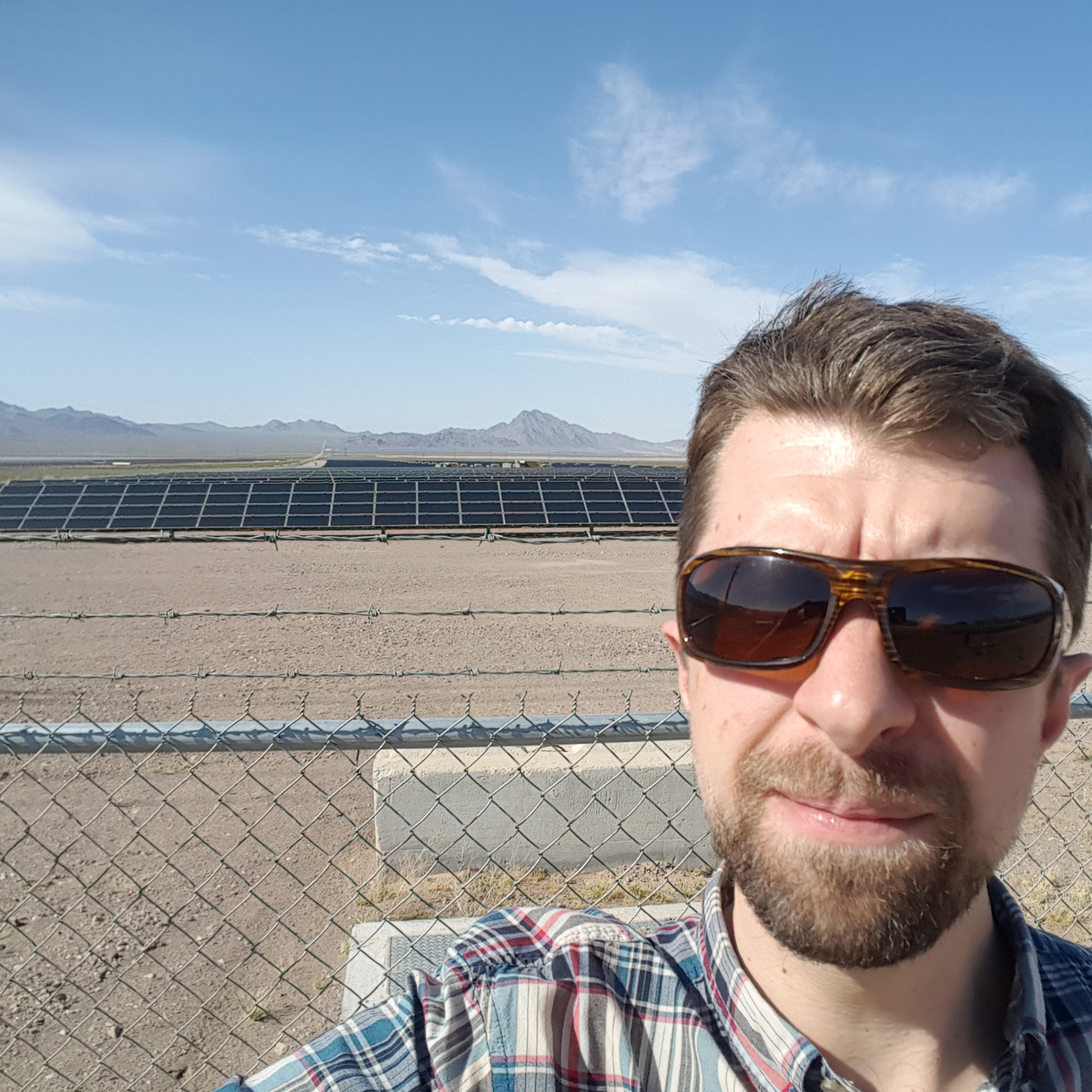Smoke from California wildfires in September 2020 darkened the skies so much that it slashed the state’s solar power production during peak hours by 10% to 30%, according to the study Smoke from 2020 United States wildfires responsible for substantial solar energy forecast errors, conducted by the National Center for Atmospheric Research (NCAR) and published in Environmental Research Letters.
It also means solar energy forecasts for several days had overestimated the amount of power that can be generated by solar modules for multiple days during wildfire season.
The study used advanced computer models of wildfire smoke patterns and meteorological conditions, as well as records of solar irradiance and energy production. Although previous research looked at the impact of 2020 wildfires on solar energy production, the new study is notable for using a specialized weather forecasting model, pointing the way to developing better systems to predict smoke impacts.
“The key takeaway from this research is that wildfire smoke can have a substantial and negative impact on solar production in areas near major wildfires,” said Timothy Juliano of NCAR, lead author of the report. “This is something that utilities should keep in mind when wildfires occur.”
The study was funded by the U.S. National Science Foundation, NCAR’s sponsor, as well as by the U.S. Department of Energy’s Solar Energy Technologies Office.
The 2020 California wildfire season featured half of the 10 largest wildfires in the state’s history, including the August Complex, which set the state record by burning more than 1 million acres. In September, dry and windy conditions in California and much of the West were particularly conducive to wildfires, with satellites showing clear images of smoke plumes.
Juliano and his colleagues focused their study on smoke conditions from Sept. 7 to 16, 2020, when fires were peaking. To determine the amount of solar energy generated at various sites across the state, they drew on California Independent System Operator (CAISO) data.
The group compared energy output to the same period during the two previous years, when solar arrays produced far more energy. They also analyzed data from ground stations in California and elsewhere in the United States that measure solar radiation, or irradiance, minute by minute.
During days of heavy smoke, irradiance was sharply reduced and energy production plummeted 10% to 30% during otherwise daily peak solar generation time of noon to 4 p.m., compared with the same days in previous years.
On days when winds blew much of the smoke out of the region, such as occurred on Sept. 9 and between Sept. 12 and 16, solar production declined by just less than 7%. Although scientists focused on areas in California near the fires, Juliano said other regions of the country where the smoke dispersed likely experienced a small decline in solar energy.
PV forecast improvement
The smoke significantly affected the accuracy of energy predictions in California. During the smokiest days, solar production averaged 27% less than forecast. It also fell to as much as 50% less than forecast during late afternoon and evening hours that coincide with the largest ramp-up in energy demand.
To determine if the forecasts can be improved, the scientists next turned to an NCAR-based model known as Weather Research and Forecasting-Solar, which enhances solar irradiance predictions. By inputting data about the smoke, including airborne particles such as aerosols, they were able to better approximate the magnitude and timing of solar irradiance.
The weather forecast model simulations were run on the Cheyenne supercomputer at the NCAR-Wyoming Supercomputing Center.
Juliano concluded that wildfire activity seldom affects solar energy to the extent that it did in California in 2020. But with wildfires becoming more common and smoke plumes sometimes extending over large swaths of the nation, the study concluded that scientists need to continue working to better predict smoke impacts — an effort that will require collaborations among experts in different disciplines, including fire behavior, weather, and renewable energy.
“Wildfire smoke can be quite an important factor in energy production,” Juliano said. “Given the increase in large wildfires and society’s greater reliance on solar energy, even regions far downwind of fires may need to consider the potential impacts of smoke.”
This content is protected by copyright and may not be reused. If you want to cooperate with us and would like to reuse some of our content, please contact: editors@pv-magazine.com.









Hmmm… Means lotsa dead backup batteries ya’ think?
Damn the carbon, full speed ahead with nuclear and fossil fuels that are cleaner than wild fires…and volcanoes.
Hi Michael Schoeck! I love this article. What a great post – it is well-researched and provides an insightful look into the impacts of wildfire smoke on solar energy production.
The fact that the simulations carried out at the NCAR-Wyoming Supercomputing Center could better approximate the magnitude and timing of solar irradiance highlights how good data modeling can be in understanding our environment’s complexities.
I believe collaborations between experts from different disciplines are essential for tackling issues such as predicting smoke impacts, mainly when society increasingly relies on renewable energy sources.
However, I also think we should focus on preventative measures against extreme wildfires to minimize their impact on our energy supply before they even happen.
This could involve more effective management of existing forests and preventing fires from spreading, together with improved education so that communities are aware of the possible consequences of their actions.
I am grateful for this post as it has reminded me of the importance of considering factors such as wildfire smoke when assessing our energy production capabilities.
Ultimately, working together to conserve our environment can ensure a more sustainable future for generations.
Thank you!
In September 2020 my solar output, in the San Francisco Bay area, was slashed by 100% for one day and 50% for 3 days as we were downwind of the fires. Lingering high-altitude smoke, like high clouds, can cut production by 30% to 50% and must be considered for off grid systems like mine in battery storge and panel wattage sizes. The utility-imposed grid connection limits on solar panel output are far too low and leave customers with higher utility bills than if the solar output was allowed to be higher. One of the reasons I chose to go off-grid was because of the limitations imposed by the utilities in size and now that NEM 3.0 is being considered, going off grid is the right choice for rooftop solar.
Insofar as Off-Grid affordability in the Face of Growing Utility Costs…surf may be coming up, but most can’t afford a board to catch the payback wave, and be young enough ride it all the way to the beach.
https://www.fbssi.com/post/wave-of-california-homeowners-opting-off-grid#:~:text=Affordability%20in%20the%20Face%20of,anywhere%20from%20%2435%2C000%20to%20%24100%2C000.
“Based on reports from installers, on average, a fully off-grid energy system for a home in California can cost anywhere from $35,000 to $100,000. According to energy experts, they estimate that as prices of going off the grid continue to fall over the next several years, millions of homeowners will switch off to this approach. Projections from RMI (formerly Rocky Mountain Institute) show that the majority of homeowners in California will be able to save money by going off the grid with more affordable solar panel installations and solar batteries by 2031 — especially with the forecasted spikes in utility rates over that period.”
Really? Let’s $ee the number$.
Cf: https://rmi.org/still-need-discuss-grid-defection/
…and… https://www.nytimes.com/2022/03/13/business/energy-environment/california-off-grid.html
Might make sense in new developments or rural areas where costs of poles, transformer and wires are many tens of thousands of dollars., but…not develiped areas where most Californians live.
“David Hochschild, chairman of the California Energy Commission, a regulatory agency, said the state’s residents tend to be early adopters, noting that even a former governor, Jerry Brown, lives in an off-grid home. But Mr. Hochschild added that he was not convinced that such an approach made sense for most people. *’We build 100,000 new homes a year in California, and I would guess 99.99 percent of them are connected to the grid,’* he said.”
Wow, that ** alone is a grid problem NOT fully solved by solar. But by Nukes for sure. Hence why Diablo Canyon is being refueled by CA taxpayers for continued operation.
https://www.theguardian.com/us-news/2022/sep/01/california-last-nuclear-power-plant-keep-open
Off-gridders should make sure to factor in real depreciation of 3%/yr for panels and 10%/yr for batteries, ~6%/yr total for an off grid system. Then there are increasing costs of disposal and/or removal & replacement for roof maintenance. Hope their $avings are up to it. Should be if living in an Airstream.
Clearly, off-grid costs are not what most Californians can afford EVEN IF THEY OWN A SUITABLE (and shade free south facing) ROOF…not minor details.
Glad I moved to from Los Altos CA to St Petersburg FL where Duke’s FULL RETAIL NEM in kWh per kWh including 18.25% Utility Fees and Taxes remain in full force. Thanks Ron!
“Based on reports from installers, on average, a fully off-grid energy system for a home in California can cost anywhere from $35,000 to $100,000. According to energy experts, they estimate that as prices of going off the grid continue to fall over the next several years, millions of homeowners will switch off to this approach. Projections from RMI (formerly Rocky Mountain Institute) show that the majority of homeowners in California will be able to save money by going off the grid with more affordable solar panel installations and solar batteries by 2031 — especially with the forecasted spikes in utility rates over that period.” Really?
Let’s $ee the number$. Those above say few can afford it.
Cf: https://rmi.org/still-need-discuss-grid-defection/
…and… https://www.nytimes.com/2022/03/13/business/energy-environment/california-off-grid.html
“David Hochschild, chairman of the California Energy Commission, a regulatory agency, said the state’s residents tend to be early adopters, noting that even a former governor, Jerry Brown, lives in an off-grid home.
But Mr. Hochschild added that he was not convinced that such an approach made sense for most people. *’We build 100,000 new homes a year in California, and I would guess 99.99 percent of them are connected to the grid,’* he said.”
Besides, there are grids of pipes for water, sewage, fuels and pipelines for trash disposal and roadways with utility and tax bills to match. Going off grid with those might find Californians living in the Pacific Ocean…after The BIG ONE.